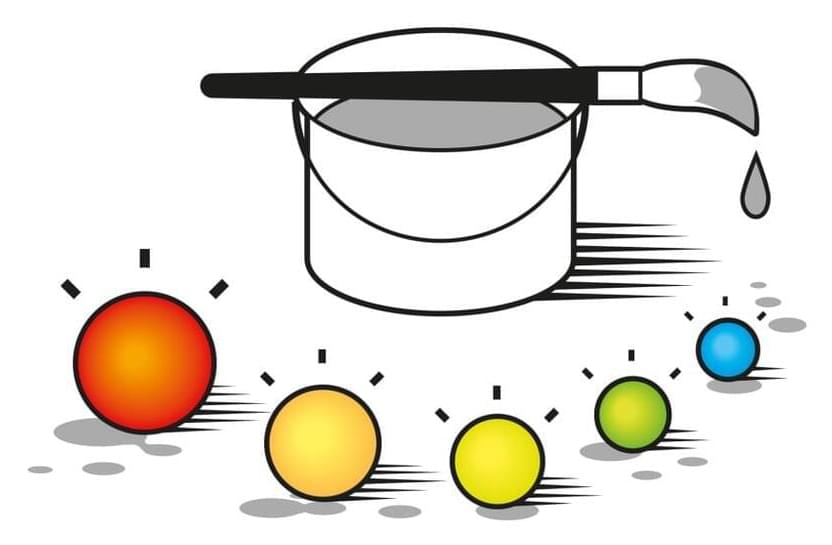Moonwalking courtesy Prada.
The fashion brand is teaming up with Axiom Space to outfit astronauts.


Kenya was a leader in mobile money. Now with highways with charging stations every 25km, and this.
Technology company Roam announced the launch of the ‘Made in Kenya’, fully electric, Roam Move shuttle bus mid last month. The zero-emissions shuttle bus and is equipped with a 170 kWh battery pack and can travel 200 kilometres on a single charge. It also has a fast plug-in battery charging that ensures it is fully charged in less than two hours.
Joscha Bach is the VP of Research at the AI Foundation, previously doing research at MIT and Harvard. Joscha work explores the workings of the human mind, intelligence, consciousness, life on Earth, and the possibly-simulated fabric of our universe.
Support this podcast by signing up with these sponsors:
- ExpressVPN at https://www.expressvpn.com/lexpod.
- Cash App — use code “LexPodcast” and download:
- Cash App (App Store): https://apple.co/2sPrUHe.
- Cash App (Google Play): https://bit.ly/2MlvP5w.
Incredible comment by ernst.gemeint showing some of the topics mentioned:
&lc=UgzzoW0z_tyeLyatEJB4AaABAg.
EPISODE LINKS:
Joscha’s Twitter: https://twitter.com/Plinz.
Joscha’s Website: http://bach.ai/
PODCAST INFO:
Podcast website:
Apple Podcasts:
https://apple.co/2lwqZIr.
Spotify:
https://spoti.fi/2nEwCF8
RSS:
https://lexfridman.com/feed/podcast/
Full episodes playlist:
Clips playlist:
OUTLINE:

A study conducted in Japan has found that individuals exhibiting strong autistic traits are often inclined towards dichotomous thinking. The research suggests that these autistic traits might lead to a heightened intolerance of uncertainty, subsequently increasing the propensity for dichotomous thinking. The study was published in Scientific Reports.
Autism Spectrum Disorder (ASD) is a complex neurodevelopmental condition characterized by a wide range of symptoms and challenges. Individuals with autism spectrum disorder typically have restricted interests, difficulties in social interaction and communication. The severity of these challenges can vary greatly from person to person. Some individuals with ASD may have significant language delays and struggle with everyday social interactions, while others may have milder symptoms and excel in certain areas, such as mathematics or art.
Aside from atypical social functioning, autistic individuals tend to exhibit a thinking pattern known as dichotomous, “black-and-white”, or binary thinking. This is a form of cognitive distortion wherein an individual perceives things in a binary way – either black or white, good or bad. There is no middle zone or space for any nuances. The result of this thinking pattern is that the person oversimplifies very complex issues, leading often to inappropriate or obviously poor decisions.

Moungi G. Bawendi, Louis E. Brus and Alexei I. Ekimov are awarded the Nobel Prize in Chemistry 2023 for the discovery and development of quantum dots. These tiny particles have unique properties and now spread their light from television screens and LED lamps. They catalyse chemical reactions and their clear light can illuminate tumour tissue for a surgeon.
“Toto, I’ve a feeling we’re not in Kansas anymore,” is a classic quote from the film The Wizard of Oz. Twelve-year-old Dorothy faints onto her bed when her house is swept away by a powerful tornado, but when the house lands again and she steps outside the door, her dog Toto in her arms, everything has changed. Suddenly she is in a magical, technicolour world.
If an enchanted tornado were to sweep into our lives and shrink everything to nano dimensions, we would almost certainly be as astonished as Dorothy in the land of Oz. Our surroundings would be dazzlingly colourful and everything would change. Our gold earrings would suddenly glimmer in blue, while the gold ring on our finger would shine a ruby red. If we tried to fry something on the gas hob, the frying pan might melt. And our white walls – whose paint contains titanium dioxide – would start generating lots of reactive oxygen species.

Can artificial intelligence (AI) get hungry? Develop a taste for certain foods? Not yet, but a team of Penn State researchers is developing a novel electronic tongue that mimics how taste influences what we eat based on both needs and wants, providing a possible blueprint for AI that processes information more like a human being.
Human behavior is complex, a nebulous compromise and interaction between our physiological needs and psychological urges. While artificial intelligence has made great strides in recent years, AI systems do not incorporate the psychological side of our human intelligence. For example, emotional intelligence is rarely considered as part of AI.
“The main focus of our work was how could we bring the emotional part of intelligence to AI,” said Saptarshi Das, associate professor of engineering science and mechanics at Penn State and corresponding author of the study published recently in Nature Communications.




The 2023 Nobel prize in physics has been awarded to a trio of scientists for pioneering tools used to study the world of electrons.
Electrons are sub-atomic particles that play a role in many phenomena we see every day, from electricity to magnetism. This year’s three Nobel physics laureates demonstrated a way to create extremely short pulses of light in order to investigate processes that involve electrons.
Pierre Agostini from The Ohio State University in the US, Ferenc Krausz from the Max Planck Institute of Quantum Optics in Germany and Anne L’Huillier from Lund University in Sweden will share the prize sum of 11 million Swedish kronor (£822,910).